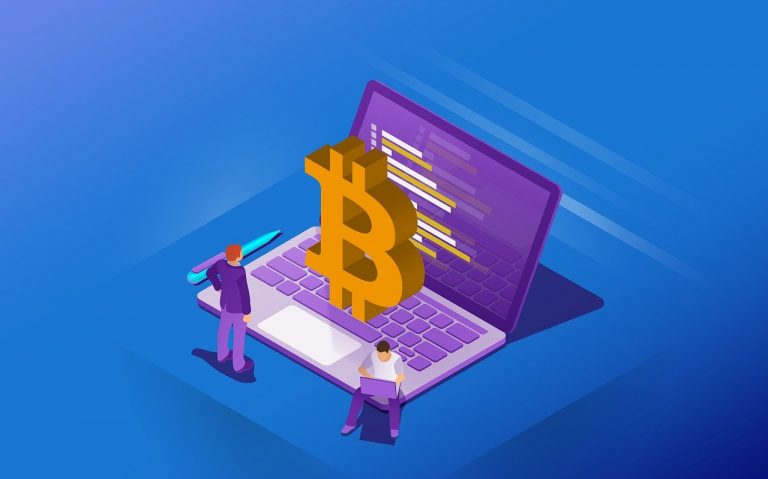As digital transformation sweeps across global financial systems, central banks are stepping into the spotlight with a new kind of currency: Central Bank Digital Currencies, or CBDCs. Unlike cryptocurrencies such as Bitcoin or Ethereum, CBDCs are centralized, government-issued digital currencies designed to work alongside or replace traditional fiat money.

By 2025, CBDCs are no longer theoretical. Over 100 countries are exploring, developing, or deploying digital currencies at varying levels. This shift signals a major turning point in how money is managed, moved, and understood.
So, what are CBDCs, why do they matter, and how are they shaping the digital economy? Let’s explore.
What Exactly Is a CBDC?
CBDCs are digital versions of national currencies issued by central banks. They are not cryptocurrencies in the traditional sense, because they are not decentralized. Instead, CBDCs are fully controlled and backed by a nation’s monetary authority, ensuring stability and legal status.
Unlike cash, CBDCs are programmable and can be transacted instantly. They can be used by everyday consumers (retail CBDCs) or reserved for use among financial institutions (wholesale CBDCs). Both forms are designed to improve how value is transferred, recorded, and managed.
A key distinction is that CBDCs are considered legal tender. This means they carry the same value and trust as physical currency, but exist entirely in digital form.
Why Are Central Banks Creating CBDCs?
One of the main reasons for the rise of CBDCs is the ongoing decline in cash usage, especially in developed countries. As society shifts toward digital payments, governments want to ensure their currencies remain relevant in a cashless world.
Another key factor is the rapid growth of private cryptocurrencies and stablecoins. These assets have raised concerns about monetary sovereignty. Central banks fear that widespread adoption of private digital currencies could undermine their control over economic policy.
CBDCs are also seen as a solution to inefficient payment systems. Traditional international money transfers can be slow and costly. CBDCs could provide faster, cheaper, and more transparent alternatives. In developing economies, they also offer a chance to boost financial inclusion by giving unbanked populations access to digital money through mobile devices.
Security and traceability are additional benefits. CBDCs can be monitored more easily than physical cash, making them a useful tool in fighting money laundering, tax evasion, and financial fraud.
How CBDCs Compare to Cryptocurrencies
Even though both CBDCs and cryptocurrencies exist digitally, they are fundamentally different.
CBDCs are issued and regulated by central banks. They are stable in value, as they are tied to the national currency. Users trust them because they come with legal guarantees, government backing, and clearly defined regulations.
Cryptocurrencies, on the other hand, are decentralized. Their value is determined by the market and they often lack regulatory oversight. While this gives crypto assets freedom and innovation, it also brings volatility and risk.
CBDCs aim to bring the efficiency of blockchain-based systems without giving up government control. This makes them attractive to regulators but raises concerns about privacy and overreach.
Global Adoption of CBDCs in 2025
China remains the leader in CBDC development. Its digital yuan, also known as e-CNY, is already in use across several major cities. It’s accepted in retail stores, integrated with mobile payment platforms, and even used to pay salaries and public benefits. The Chinese government is using it to promote traceability, reduce corruption, and modernize its financial infrastructure.
In Europe, the digital euro is entering its next phase. The European Central Bank has been testing it with selected commercial banks, retailers, and consumers. Emphasis is placed on privacy and ease of use, and policymakers are focused on ensuring the digital euro complements rather than replaces cash.
The United States is still evaluating its approach. Through the Federal Reserve’s research and pilot programs, including the FedNow initiative, the U.S. is exploring how a digital dollar might fit into its financial system. Privacy, cybersecurity, and the potential impact on commercial banks remain key concerns.
India has already launched a digital rupee in both retail and wholesale models. It’s integrated with existing banking systems and mobile wallets. The Indian government sees CBDCs as a tool to reduce reliance on cash and improve financial inclusion across rural regions.
Countries like Nigeria, Brazil, and the United Arab Emirates are also actively launching or piloting their own CBDCs. Each project is tailored to local needs, whether it’s boosting payment speed, enhancing transparency, or combating inflation.
Benefits of CBDCs for the Public and the Economy
CBDCs can provide instant, low-cost transactions, making daily payments more convenient. For cross-border transactions, they can eliminate layers of middlemen and reduce processing delays.
They also offer governments more effective tools for economic policy. With programmable money, central banks could issue funds with spending limits or expiration dates, helping direct stimulus into the economy faster and more precisely.
CBDCs may improve financial access for the unbanked. With just a smartphone, people could receive wages, pay bills, and save money—all without needing a bank account.
Transparency is another major advantage. By recording transactions digitally, governments can better track money flows and combat illegal activities. This is especially helpful in curbing corruption and enforcing tax laws.
Challenges and Concerns
While the benefits are clear, CBDCs also raise important questions.
One major concern is privacy. With a centralized digital currency, every transaction could potentially be traced by the government. Critics worry this could lead to surveillance or censorship, especially in countries with poor records on civil liberties.
Another challenge is cybersecurity. A single breach in a national CBDC system could have devastating consequences. Ensuring these systems are resistant to attacks and misuse is critical.
The introduction of CBDCs could also disrupt traditional banking. If people move their deposits to government-controlled wallets, commercial banks could lose funding, affecting their ability to lend and operate normally.
Public trust is another hurdle. If citizens feel CBDCs could be used to control or monitor them, adoption may lag—regardless of the technical benefits.
The Road Ahead: What the Future Holds
CBDCs are likely to become a permanent part of the global financial system, coexisting with cash, cryptocurrencies, and digital payment platforms.
They won’t replace Bitcoin or Ethereum, but they may limit the use of private stablecoins. In fact, many governments are already drafting laws to restrict or regulate privately issued digital money once their own CBDCs are fully launched.
Over the next decade, we may see international CBDC networks that allow real-time cross-border settlements without relying on the U.S. dollar or SWIFT. This could change the balance of global finance, with developing countries gaining more access to transparent and secure monetary systems.
Innovation in this space will continue. Expect hybrid models that blend privacy with regulation, wallets with built-in smart contracts, and systems designed to work offline in remote areas.
CBDCs are not just a digital version of cash—they represent a fundamental change in how money functions. They give governments powerful new tools for efficiency, policy enforcement, and economic growth. But they also introduce new risks around privacy, surveillance, and centralized control.
As a user, it’s important to understand how CBDCs might affect your freedom, your finances, and your access to money. In a future where digital currencies dominate, awareness and education will be your best defense.
The rise of CBDCs is inevitable. The challenge now is ensuring they are implemented responsibly—balancing innovation with freedom, and progress with privacy.



